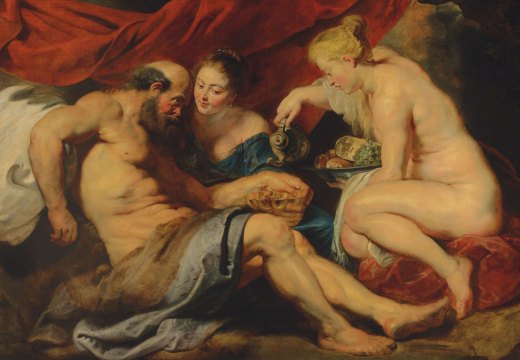London, a city steeped in history and renowned for its vibrant auction houses, has become a hub for the display and sale of exquisite Dutch treasures. These remarkable artifacts not only showcase the rich cultural heritage of the Netherlands but also provide a fascinating glimpse into centuries-old traditions and craftsmanship.
A Window Into Dutch History
Each item up for auction tells a unique story, offering us an opportunity to delve into the annals of Dutch history. From intricately designed Delftware pottery to meticulously crafted silverware, these objects serve as tangible links to bygone eras. They bear witness to the artistic prowess and ingenuity that flourished during the Golden Age of Dutch art.
One cannot help but marvel at the delicate brushstrokes adorning paintings by revered masters such as Rembrandt or Vermeer. These masterpieces encapsulate religious narratives, landscapes, still lifes, and portraits with unparalleled skill and attention to detail. The auction house becomes a sanctuary where we can appreciate these works in all their glory.
An Exploration of Cultural Traditions
Beyond their aesthetic appeal lies another layer of significance – these treasures embody deep-rooted cultural traditions passed down through generations. Whether it be intricate lacework from Bruges or hand-painted tiles from Delft, each piece represents an artisan’s dedication to preserving age-old techniques.
The oral tradition plays an integral role in understanding this heritage; stories are shared about how certain crafts were perfected over time within families or guilds. It is through this transmission that we gain insight into not just technical expertise but also values like patience, perseverance, and reverence for one’s craft.
A Reverence for Faith
Religion has long been a cornerstone of Dutch society, and this is evident in the religious artifacts that grace the auction houses. Elaborate altarpieces, intricately carved wooden crucifixes, and devotional paintings transport us to an era when faith permeated every aspect of life.
The craftsmanship displayed in these religious objects serves as a testament to the devotion and piety of their creators. They were not merely functional items but rather expressions of deep spiritual beliefs. As we admire these treasures, we are reminded of the role religion played in shaping Dutch culture and identity.
A Tapestry Woven Through Time
In conclusion, London’s auction houses offer more than just a platform for buying and selling; they provide an opportunity to immerse ourselves in the rich tapestry of Dutch heritage. These elaborate treasures connect us with centuries-old traditions, allowing us to appreciate the artistry and cultural significance behind each piece.
As we gaze upon these relics from another time, let us remember that they are not mere commodities but windows into history – gateways through which we can explore our shared human experience across continents and generations.

